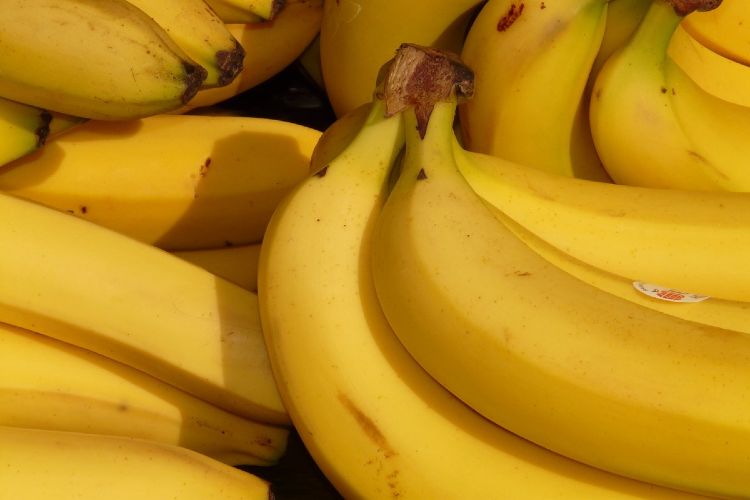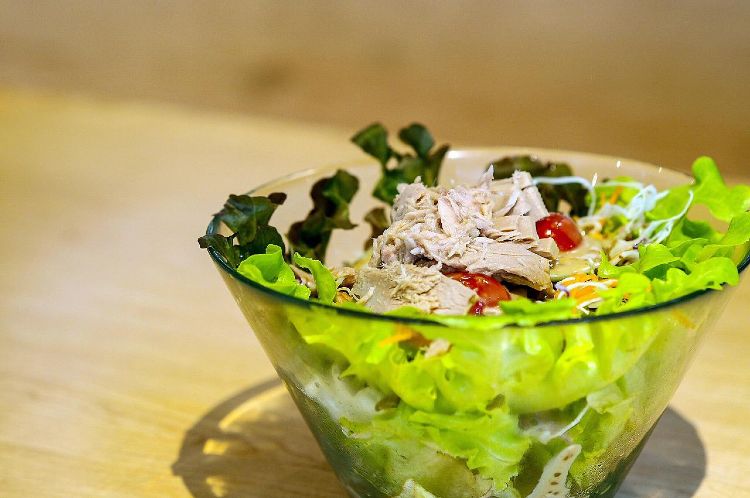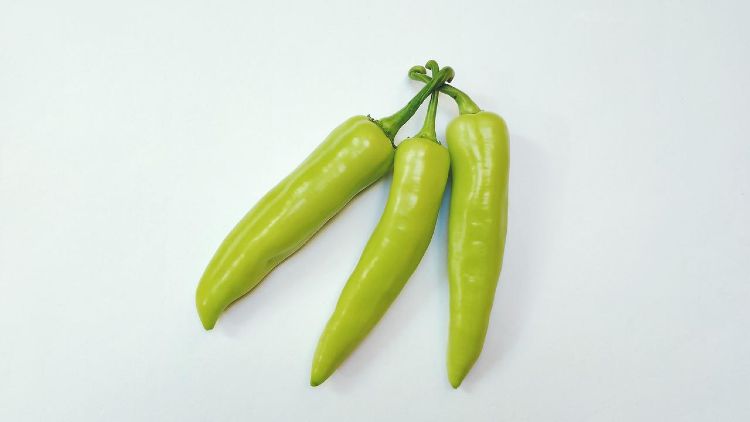Norah Kennedy – The Weaver of Wonderful Willows
Norah Kennedy is a willow weaver from Stroud in Gloucestershire who creates beautiful baskets, containers, garden wigwams and sculptures at her home as well as teaching others in workshops at different venues up and down the land. I went to meet her to find out more about her work and skills and to learn about this ancient craft.
Walking past you would not know what treasure lies behind the narrow, ivy wall clad footpath door that leads into Norah’s garden from a no-through lane in a small suburban street on the outskirts of Stroud. As you enter it you are surrounded by a very pretty and colourful small town garden which is dedicated, almost entirely, to Norah’s willow work. There are tall willow strands immersed in a metal animal trough full of water, there is a conservatory filled with bundles of willow waiting to be immersed and there is a covered patio filled with various old baskets that Norah has collected. Everywhere the eye rests are baskets, baskets and more baskets. I am delirious with joy. This is a kingdom of basket sensory overload. If he were here my husband would shout “I forbid you to buy another one!”.
Inside Norah’s house the theme goes on, and she proudly shows me her astonishing collection. She has been given many of the older, vintage baskets as gifts from friends who bring them back for her from their travels, and she also admits to being physically unable to walk past an antique’s shop or food market and not sneaking a peek to see if they have any baskets. She even knows which film featured the best baskets {it’s “Lord of the Rings” if you did not know}.
“My long suffering husband, Eric, sometimes sees a new basket in the house and asks me “Is this a new basket?”, and I say “No, this old thing, I’ve had it for years!””
I am just the same, and as I am taking photographs of her baskets for the article, and to show The Foodie Bugle Twitter followers when I get back, the envy rises within me until I am pea green and need to sit down with a cup of tea to settle my excitement.
Norah has been a willow weaver for thirty years, and she first started when she worked for a wholefood co-operative in Swindon. A willow weaver by the name of Bryn Matthews came in and left a card advertising a basket making workshop as he wanted to pass on his craft so that it would not die with him. Norah went along to the workshop and found the work really hard, but she persevered.
“I am by nature a plodder, and I just kept going. I started making several baskets and brought them along to a fair and then I was asked to sell them at a village fete and then at a church event. I gradually built up my business through word of mouth until a friend asked if I could teach a group workshop and so I started passing on the skills that I had acquired myself. That is how the courses started, and now I teach in lots of different places, through students e-mailing me through the website, at Denman College and through Womens’ Institute groups.”
Norah has found that, because of the recession, people want to re-engage with natural materials, they want to learn a skill and produce something utilitarian and practical.
“We all get together, the schools where I teach normally lay on a lovely lunch, everyone gets to meet new people, learn a craft and take something home. I sometimes wish I could reach out to a wider range in society – it can be seen as something of a “middle class” thing, but in fact it is something which people from all backgrounds could find real fulfilment and enjoyment in.”
The roots of basket making do not lie in the world of hobbies or personal fulfilment, however, but rather in basic human need: they are the ultimate vessel of transport and storage. Because the materials that go to make baskets, such as willow, grass, reeds, animal hide, flax, rush or stems are highly perishable, not much has been recovered from ancient archaeological sites. There has been some carbon dating done on basket fragments that are believed to be over 10 000 years old, from Neanderthal excavations in Egypt. It is known that the Sumerians, an ancient tribe living in southern Mesopotamia, which is now modern Iraq, buried their dead in wicker coffins from 2000 BC onwards. Moses drifted down the river nile in a basket and when Jesus fed the 5000, in the parable of the loaves and fishes, the leftovers were collected in 12 baskets.
All over the developing world, in Asia, Africa and Latin America, women have been the traditional weavers, producing baskets for carrying food, hay, wood, animals, possessions and even babies. As civilisations evolved and techniques became more complex, so weaving took on more elaborate, colourful and ornamental forms, to denote status and rank in society. Take a look at the Bottega Veneta “Hand of the Artisan” retrospective and you will see leather weaving as the ultimate wealth accessory in today’s fashion conscious world. Aesthetes in the Western world love buying weaved accessories because they denote a difficult and exclusive craft. Once the ubiquitous skill of peasant women who needed vessels for survival, it is now, in some quarters, a craft at the height of metropolitan chic. Yet the Western world is also flooded with cheap, tacky, throwaway baskets and weaved products from developing countries, which serve only to devalue and debase this important industry. An artisanally made basket is a thing of vernacular beauty and great value, and we need more education to enable us to judge and appreciate its qualities.
Norah shows me how the willow strands with the bark still on {an earthy brown colour} are called brown willow. When the bark is removed and the willow boiled, this is called buff willow. The white willow is even paler still, stripped completely bare. The weaver can use the differences in colour to create patterns. Norah buys her willows from Mike Musgrove in Westonzoyland near Glastonbury in Somerset.
From duck nesting baskets, to a French willow cake stand, a Hungarian rush bag, a Balinese chicken carrier basket, a Welsh tea basket, a Kenyan fruit squeezer basket and a Brunei fertility-marriage basket, Norah loves and cares for these beautiful containers like they were prized jewels, their artisanal stories embedded in the strands and threads that make them unique and timeless. She tells me:
“There is no machine that can make a basket. Only human hands know how to do it. Whenever I am given a basket or find a new one at a market or in a shop, I always try to find out all I can about it, because you can understand so much about a race or a region through their weaving”
Norah also teaches people how to make wicker coffins {“It’s dead funny!”}, and some of them are made by the people who expect, one day, to be buried in them. It is the ultimate form of sustainable dispatching: from ashes to ashes, decomposing gradually within the earth, wicker coffins return their occupant and themselves to the soil that once germinated the plant’s seed.
“Some students use them as coffee tables or as trunk storage. One lady even hung hers on the wall with shelves in it to store books. She told her family that when she died they were to take away the shelves and bury her in the wicker trunk.”
Many of the people who attend Norah’s courses, however, have other things in mind. They are very often good food lovers, who care about the provenance of ingredients and when they go shopping to farmers’ markets and farm shops, or foraging in woods or walking through autumnal orchards they want to take baskets with them and not use plastic bags.
Norah tells me that it takes just one day to learn to make a very simple, small basket, which is approximately five hours of work in total. She recommends storing baskets in a cold, dry place, and then giving them a hose down with water to eliminate dirt and dust.
“A good dunk in water is a good idea, because, of course, willows grow near water or in moist land. If you find wood worm in a basket then a good idea is to place it in the freezer.”
Living in Stroud means she and Eric are surrounded by excellent food shops, and the nearby villages, as well as the town itself, are home to some of Britain’s best farmers’ markets. She also recommends a café called Star Anis and The Woolpack in Slad, two miles from her home.
Because a picture speaks a thousand words, I leave you with some very beautiful examples of Norah’s work on the right hand side, as well as just a small sample of the baskets she has collected. They truly merit a gallery exhibition, to be admired by everyone.
For further information about courses, visit Norah’s website:
www.norahkennedywilloworker.co.uk



